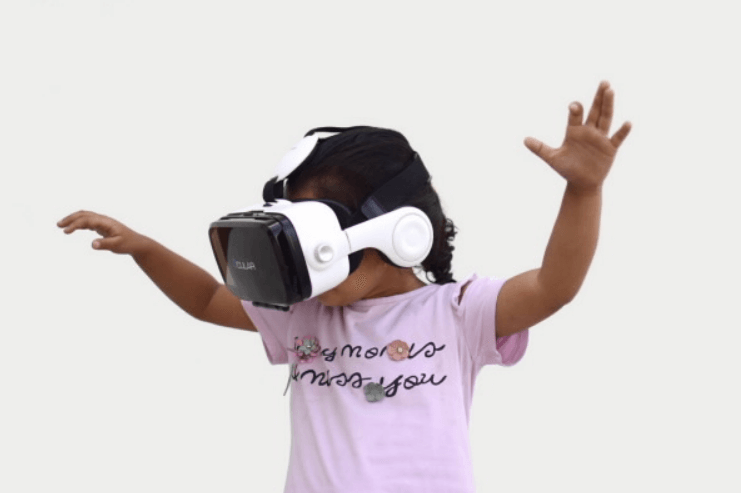Back to school with EdTech
It’s that time of year when students and teachers prepare to go back to school and start a new academic year. EduTwitter and Facebook groups are full of teachers preparing to start the new academic year with good intentions, new stationery, new classroom displays and new approaches for the coming year.
The DfE announced recently that education secretary Damian Hinds had challenged “the tech industry to launch an education revolution for schools, colleges and universities to develop innovative teaching and slash workload. Teaching practices and assessment were offered as key opportunities for the tech sector to create a step change. “Virtual trips through the Amazon” were held up as state-of-the art. And yet, I wonder, what are the implications

Image: https://pixabay.com/en/classroom-education-school-hand-381896/ CC0 Creative Commons.
of this search for the next new thing?
Looking back over the years of investment in educational technologies, I recall several technologies that offered new ways to improve teaching and learning, assessment and engagement. Ten or so years ago I recall spending some whole-school ICT budget on voting handsets. A class set that could be calibrated so that individual students could respond to starters, quizzes and discussion prompts built into presentation software, which could then be displayed on an interactive whiteboard and used by a skilful teacher to probe understanding, address misconceptions and scaffold learning. This was surely good teaching supported by educational technology, whether ten years ago or this year.
I recently encountered a similar approach using a mobile phone app during a learning technology demonstration at a university. It reminded me of the class set of handsets and I wondered what had become of it. The whole set, in its carrying bag, is probably in the back of a cupboard somewhere, having not seen the light of day for many a year. But why?

Image: https://pixabay.com/en/vr-virtual-reality-child-device-3468596/ CC0 Creative Commons.
The answer cannot be a surprise. Technology doubles every two years (Moore’s Law, anyone?). Nothing stays the same in technology, or in education. Curricula rarely stay the same for two years in a row. Once a technology is purchased it is on a countdown to obsolescence and the time and energy that it takes a teacher to develop teaching materials specific to the technology means that it becomes a luxury rather than a necessity. Increasing demands on teacher time mean that the shiny new technology becomes a dusty dinosaur rather quickly.
Perhaps the answer lies, then, in reframing the question, or refocusing the expectation. Good technology, used skilfully by teachers can enhance teaching, learning and assessment. Of that I have no doubt. I also believe that pedagogy should drive technology and not the other way around. What is needed is a step change in education policy that will allow schools and teachers to spend some time investigating the technologies that are needed to support good teaching; time to engage with research, to be confident that the investment is going to be worthy of the effort and lead to the required step change, for the benefit of the students and their learning.
It’s time for a reality check, not just virtual reality.
